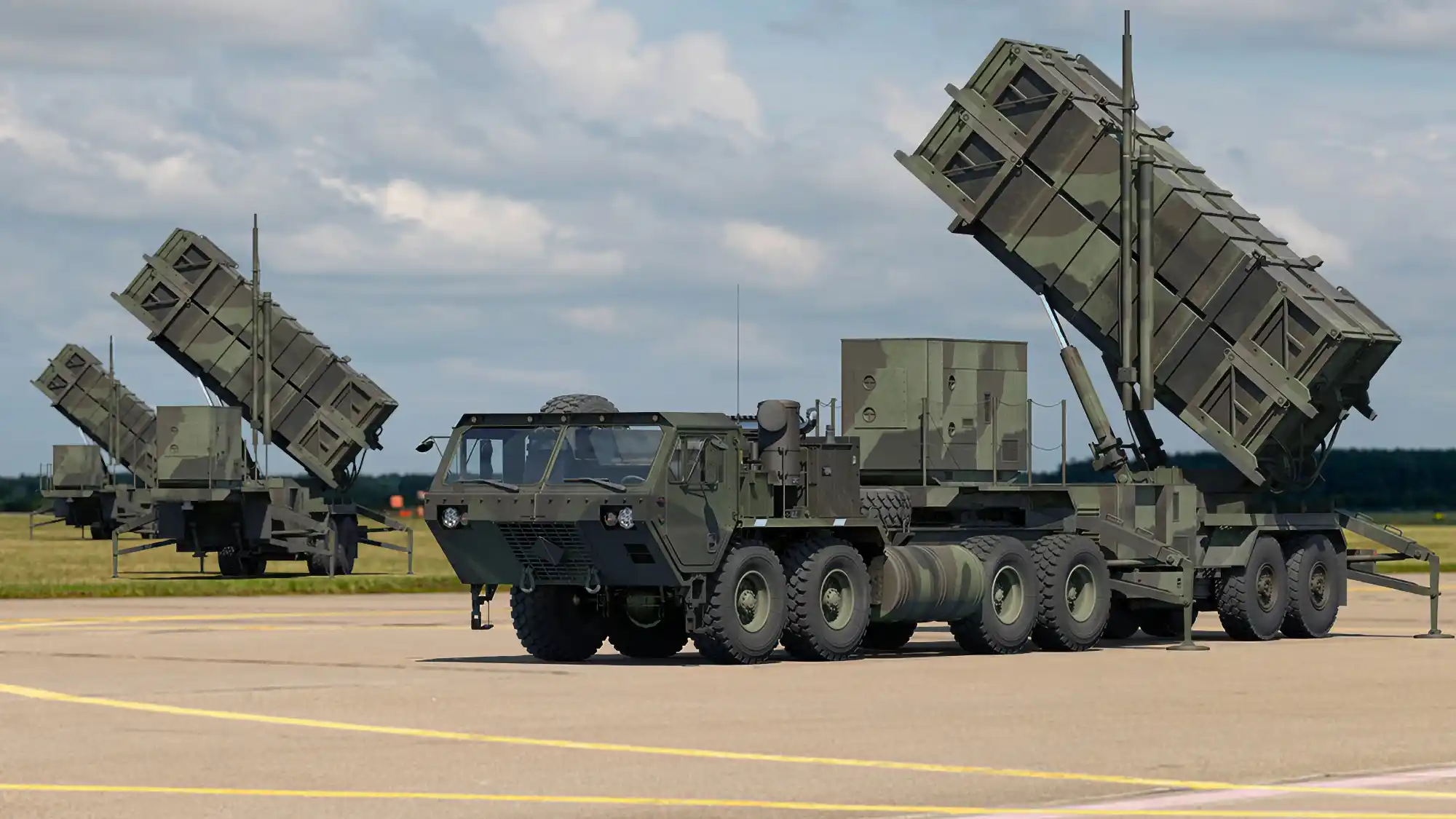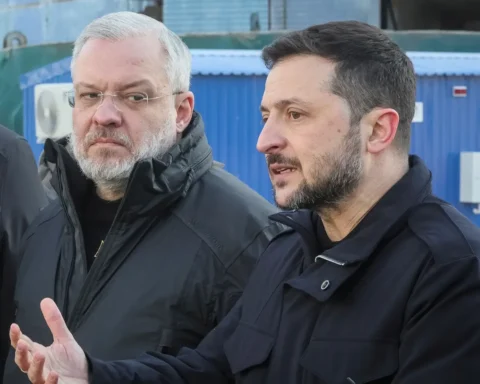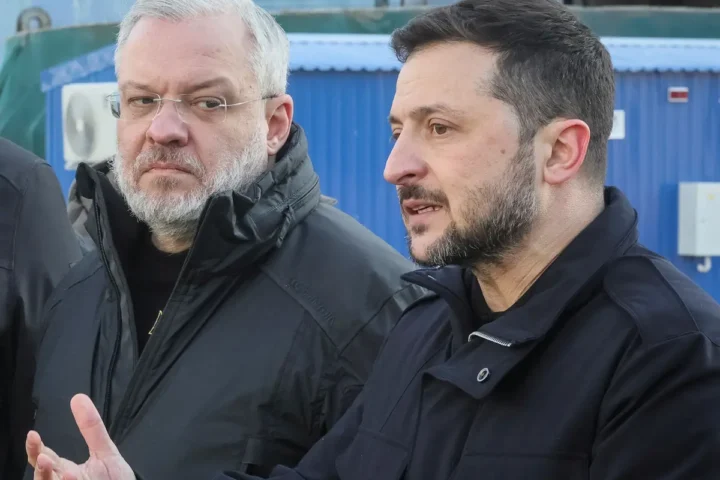Following a short but intense aerial confrontation between Iran and Israel earlier this year, Kyiv has grown increasingly anxious: will Ukraine become collateral damage in the redistribution of Western military aid? Ukrainian leaders fear that vital U.S. air defense systems might be redirected to Israel, whose military needs have sharply increased since the latest hostilities broke out.
According to Le Monde, the “twelve-day war” between the Islamic Republic and the Jewish state — with the United States siding with Israel — was watched with mounting concern in Kyiv. What if soaring oil prices, triggered by a possible escalation, were to flood Russia’s military-industrial complex with petrodollars? And what if prolonged aerial warfare drained American and Western missile stockpiles in favor of Israel — stockpiles Ukraine already desperately needs?
While the ceasefire between the belligerents and Iran’s unfulfilled threat to close the Strait of Hormuz have temporarily calmed fears of an oil shock that might benefit Moscow, Ukraine’s main worry remains unresolved: the West might simply be unable to arm both Kyiv and Tel Aviv at the same time.
Trump’s Sardonic Response
During a press conference in The Hague on June 25, following the NATO summit, U.S. President Donald Trump was asked about these concerns by a Ukrainian journalist. Instead of providing reassurance, he seemed amused by her worried expression and responded with the confident tone of a seller holding all the cards:
“They [the Ukrainians] want Patriot missile defense systems. We’ll see if we can make them available. You know, they’re very hard to get. We need them too. We’ve given them to Israel. They’re 100% effective. It’s incredible how effective they are.”
Ukrainian military officials, who already operate seven or eight Patriot batteries, know full well that no air defense system is 100% effective — especially against Russian ballistic missiles like the Iskander and its variants. A single Patriot battery can protect only a 25-kilometer radius against hypersonic Iskander missiles, which use decoys and evasive maneuvers while plunging from the upper atmosphere. In practical terms, eight batteries barely cover a fragment of Ukraine’s vast territory — a country one and a half times larger than France and 28 times the size of Israel.
Patriots Without Missiles Are Useless
Possessing launchers is not enough without sufficient ammunition. The PAC-3 MSE missiles used in the Patriot system, supplied to Ukraine, cost around $7 million each. In comparison, their main target — the Iskander missile — costs between $1 million and $3 million depending on the version. According to Ukrainian military intelligence (HUR), Russia currently produces nearly 200 missiles per month, including around 80 Iskanders. Their estimate places Russia’s current stock of Iskander missiles at 1,000.
Meanwhile, the American manufacturer Lockheed Martin produced around 500 PAC-3 MSE missiles in 2024 and hopes to increase output to 650 annually by 2027. Demand has spiked since Russia’s invasion of Ukraine and amid rising geopolitical tensions in Europe, the Middle East, and Asia. Unsurprisingly, prices are also soaring — particularly as the consumption rate of PAC-3 missiles has never been higher.
During the twelve-day aerial conflict between Israel and Iran, Tehran launched approximately 500 missiles and twice as many drones. The Israeli military did not disclose how many surface-to-air missiles it fired in response, but hundreds of Arrow and PAC-3 missiles were likely used.
Israel Comes First in the Race for U.S. Weapons
Ukrainian President Volodymyr Zelensky has repeatedly addressed the competition between Ukraine and Israel for American weaponry. Israel, a long-time U.S. ally with a GDP three times larger than Ukraine’s, has strong arguments in its favor — and a direct line to the White House. In early 2025, Zelensky promised to pay the full price — $15 billion — for ten Patriot batteries.
Yet even that didn’t prevent the redirection of critical military supplies to Israel. According to Le Monde, the United States rerouted 20,000 anti-drone missiles initially earmarked for Ukraine to Israel when the latter’s conflict with Iran intensified. In June, Zelensky publicly voiced his frustration:
“I’m not saying Israel doesn’t need them. But if we’re partners, is it really impossible to find a way to protect Ukraine too?”
Some Solace in the Enemy’s Weaknesses
If Kyiv can’t find comfort in guarantees from its allies, it might take some solace in the symmetrical problems facing its enemies. According to Le Monde, the military partnership between Russia and Iran now appears strained. Russia itself is short on air defense systems to protect its vast territory and is unlikely to export them to Iran. As for Tehran, Israeli airstrikes reportedly destroyed a third of its ground-to-ground missile arsenal, making it improbable that such weapons will be shipped to Russia for use in Ukraine.
This article was prepared based on materials published by Le Monde. The author does not claim authorship of the original text but presents their interpretation of the content for informational purposes.
The original article can be found at the following link: Le Monde.
All rights to the original text belong to Le Monde.


















